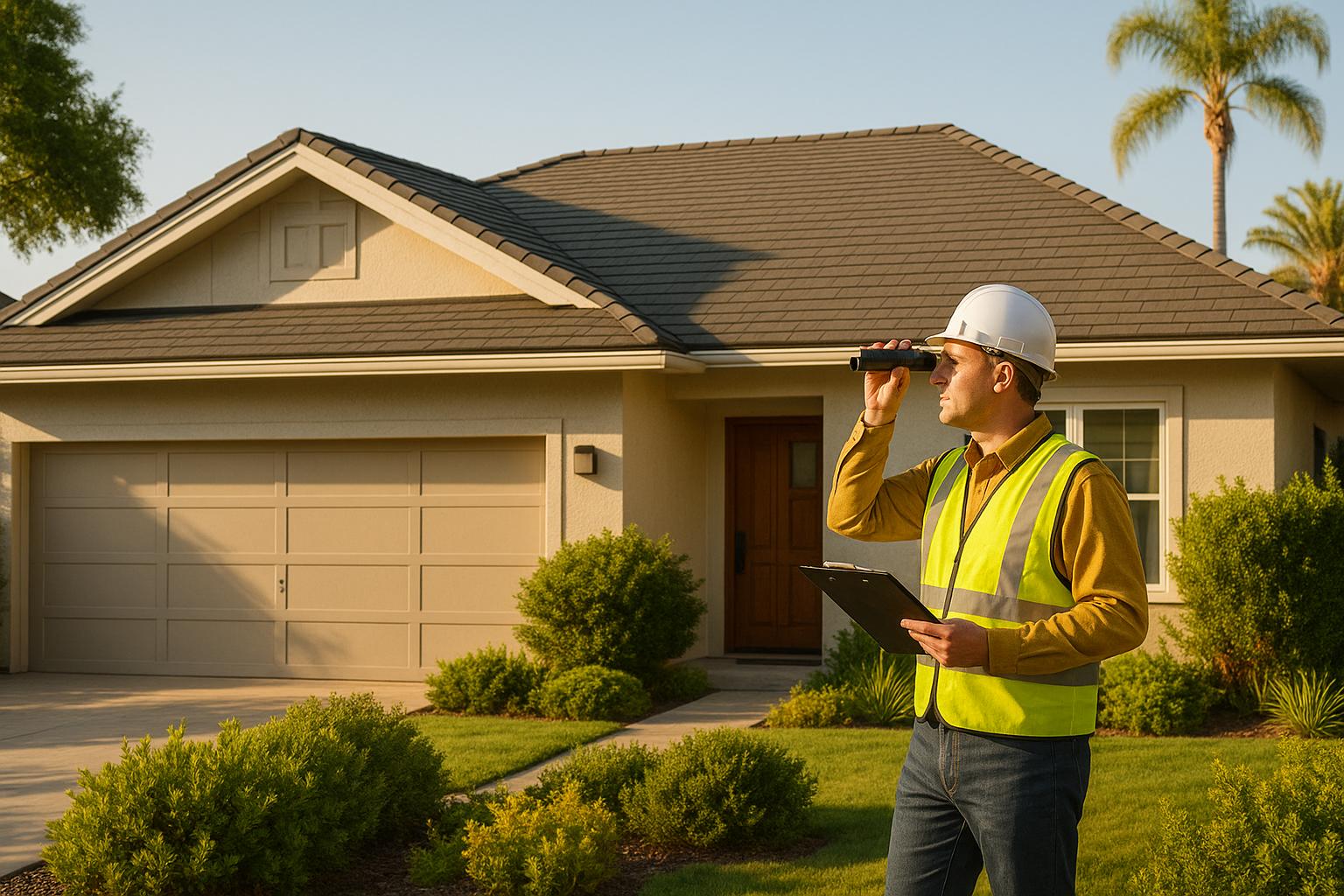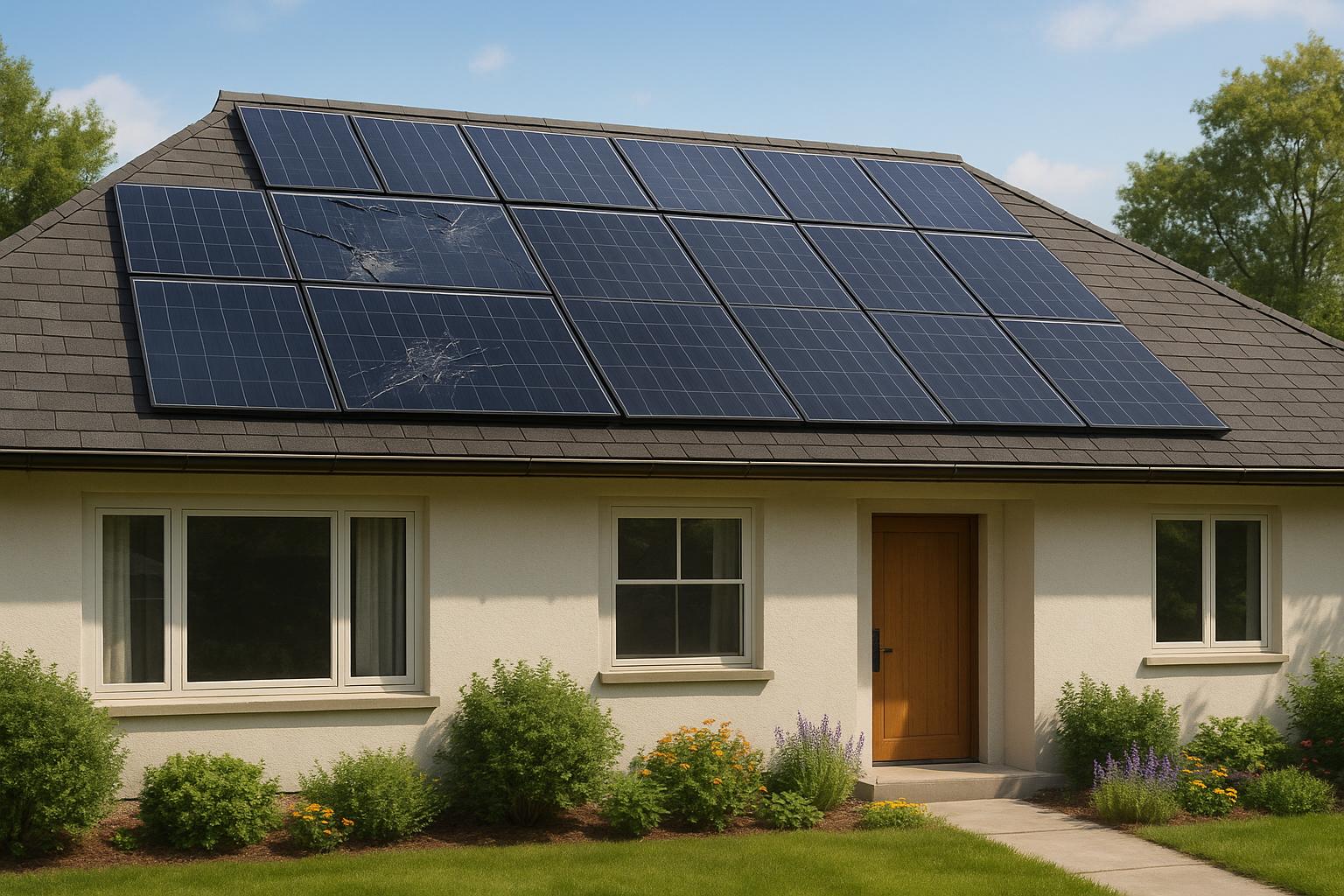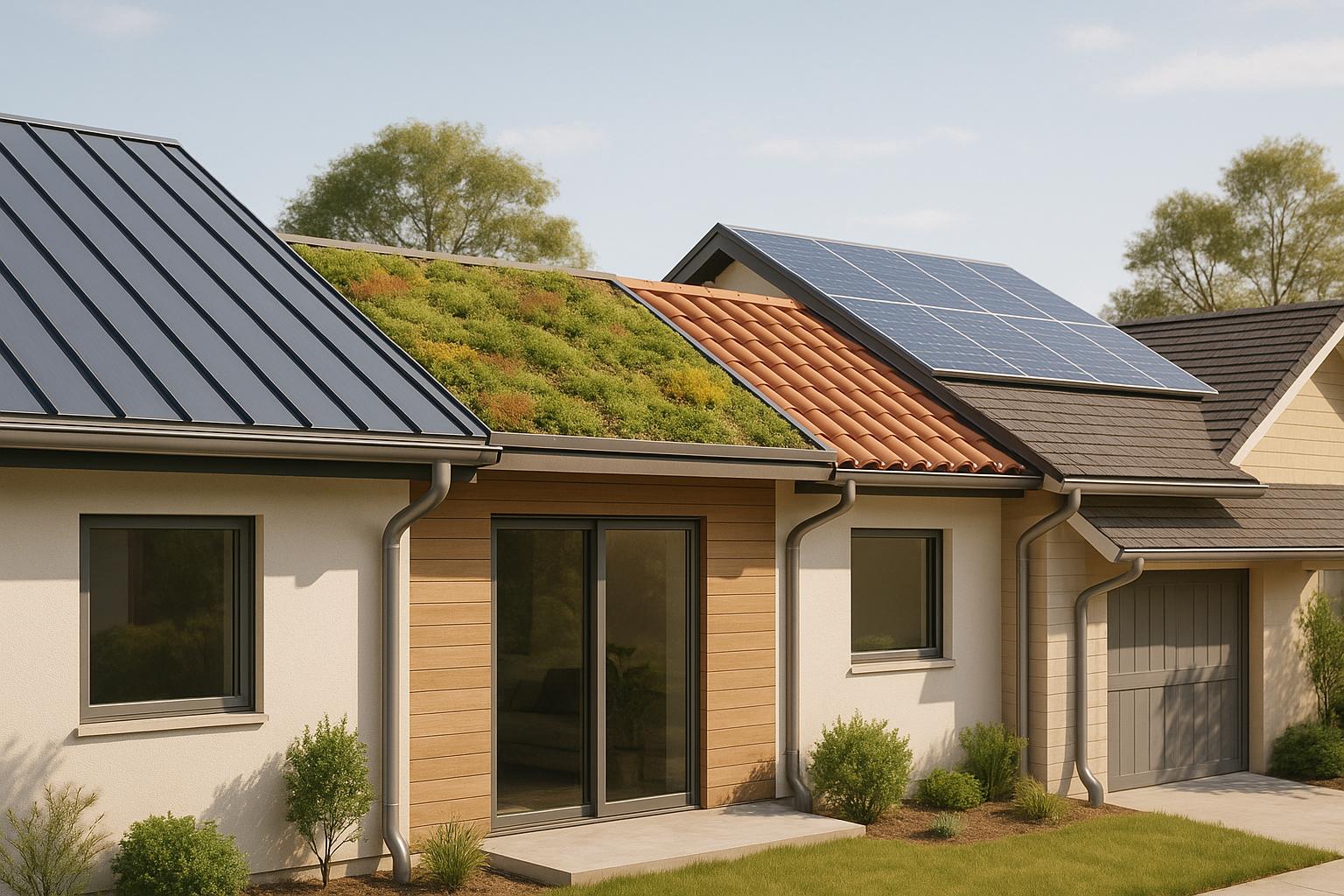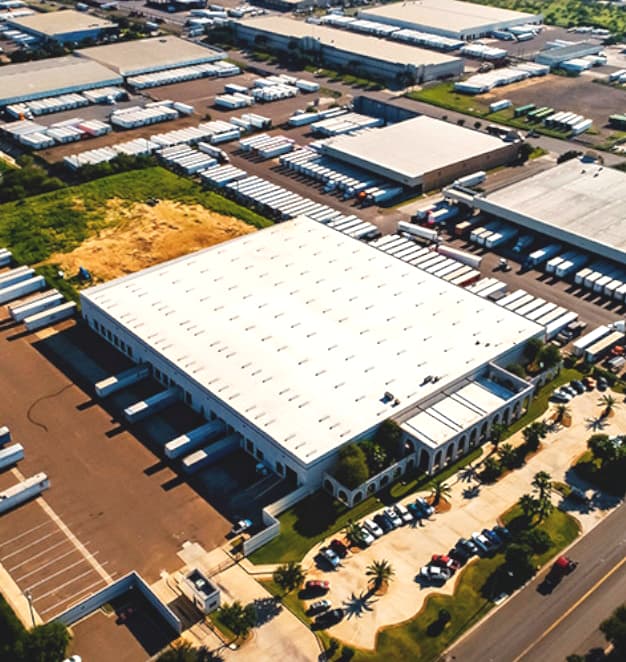Roof inspections are essential for Los Angeles homeowners due to the city’s intense sun, occasional heavy rain, and strong winds. These elements can cause significant wear and tear on your roof. Regular inspections help catch small issues early and prevent costly repairs. Here’s a quick overview of what to focus on:
- Spring: Look for damage from winter rain or cold, like cracks or loose shingles.
- Summer: Check for heat damage, such as warped shingles or UV wear.
- Fall: Clear debris from gutters and ensure proper drainage before the rainy season.
- Winter: Inspect for moisture intrusion and wind-related damage.
For a thorough assessment, schedule a professional inspection annually. Experts can identify hidden problems and extend your roof’s lifespan. Stay proactive and protect your home year-round.
Top 8 Items To Inspect For After Completing An Asphalt Roof Installation | 2020
Los Angeles Weather Effects on Roofs
The weather in Los Angeles can be tough on roofs, with its mix of intense sunshine and occasional heavy rains speeding up wear and tear.
Sun and Heat Damage
LA’s relentless sun can take a toll on roofs. Over time, prolonged exposure can warp shingles, weaken materials, and break down protective coatings. It’s like leaving something outside in the sun for too long – it just doesn’t hold up. One way to combat this is by ensuring your attic has proper ventilation. This helps reduce heat buildup, which can extend the life of your roof.
Rain and Wind Protection
While LA isn’t known for constant rain, when it does come, it can be intense. Heavy downpours can overwhelm roofs that aren’t in top shape, and strong Santa Ana winds can stress roof components, potentially loosening shingles or flashing.
To protect your roof from these elements, consider these steps:
- Clear leaves, branches, and debris that can trap moisture.
- Keep gutters and downspouts free of blockages to ensure water drains properly during storms.
- Regularly check for loose or damaged shingles and other components that might not withstand strong winds.
Routine inspections are the key to spotting and fixing damage caused by sun, rain, or wind. By staying ahead of these issues, you can keep your roof ready for whatever LA’s weather throws at it.
Season-by-Season Inspection Guide
Seasonal changes in weather can take a toll on your roof, making regular inspections essential. With LA’s unique climate in mind, here’s a breakdown of what to watch for as the seasons change.
Spring
After winter’s harsh conditions, it’s time to assess any damage caused by rain or cold. Look for cracks, loose shingles, or any signs of water damage that might have developed during the wet months.
Summer
The intense summer sun can be brutal on roofing materials. Check for signs of heat stress, like warped shingles or UV damage to coatings, which can compromise your roof’s durability.
Fall
Before the rainy season sets in, make sure your roof’s drainage systems are ready. Clear out debris from gutters and downspouts, ensuring water can flow freely and won’t pool on your roof.
Winter
Winter storms bring wind and heavy rain, so it’s crucial to inspect for weak spots that could turn into bigger problems. Address vulnerabilities early to avoid costly repairs.
Taking care of your roof year-round is key to its longevity. Schedule your annual inspection with Prime American Roofing to keep your roof in top shape.
sbb-itb-d1d6490
Main Inspection Points
A detailed roof inspection zeroes in on areas most prone to wear and damage. Here’s what homeowners in Los Angeles should keep an eye on.
Shingle Check
Shingles act as the first line of defense against the elements. Watch for these signs of trouble:
- Curling edges – often caused by aging or prolonged heat exposure.
- Missing granules – reduces UV protection, leaving your roof vulnerable.
- Buckling or warping – visible as uneven, wavy distortions.
- Cracked or split shingles – especially common in areas with intense sun exposure.
South-facing sides of the roof tend to wear out faster in Los Angeles due to constant exposure to sunlight. After checking shingles, move on to the flashing, which plays a critical role in keeping water out.
Flashing Inspection
Flashing is essential for preventing water from seeping into your home. During your inspection, look for:
- Rust or corrosion on metal flashing.
- Damage around chimneys, vents, and skylights, such as cracks, bends, or gaps in the seals.
Even small gaps can allow water to enter, which is especially problematic during heavy rainfall. Once you’ve checked the flashing, don’t forget to examine your gutters for proper maintenance.
Gutter Maintenance
Keeping your gutters in good shape is key to a healthy roof. Here’s how to stay on top of it:
- Clear out debris regularly: Remove leaves, twigs, and any sediment buildup.
- Check downspout connections: Make sure they’re securely attached and directing water away from your home.
- Inspect the slope: Ensure a downward angle of ¼ inch per 10 feet toward the downspouts for proper drainage.
For hard-to-reach areas or a more in-depth assessment, Prime American Roofing offers professional inspections using specialized equipment.
Professional Help Guidelines
Once you’ve checked components like shingles and gutters, it’s important to recognize when it’s time to bring in the experts. While DIY inspections can help catch small issues, more serious problems require professional attention.
Major Damage Signs
Keep an eye out for these warning signs that signal the need for immediate expert assistance:
- Interior Warning Signs
- Water stains on ceilings or walls
- Sunlight peeking through roof boards
- Sagging areas in the ceiling
- Musty or damp odors in the attic
- Exterior Red Flags
- Several missing or damaged shingles
- Noticeable sagging in sections of the roof
- Significant granule buildup in gutters
- Large cracks or splits in roofing materials
Spotting any of these issues? It’s time to call in a professional for an inspection to prevent further damage.
Regular Expert Inspections
Scheduling regular inspections by professionals is essential to maintaining your roof’s health. According to Prime American Roofing, homeowners should aim for at least one roof inspection per year. These thorough assessments help identify your roof’s needs, create detailed repair plans, and ensure every fix is done correctly.
"Working in a professional and responsible team is essential for delivering high-quality roofing services. Collaboration ensures that each aspect of the project, from initial assessment to final installation, is executed with precision and expertise".
This proactive approach not only addresses current issues but also helps prevent future problems, reinforcing the importance of annual expert evaluations.
Summary
Seasonal roof inspections are essential for safeguarding your Los Angeles home from the unique weather challenges Southern California presents. By staying proactive, you can detect minor issues early and avoid costly repairs down the line.
Here’s a breakdown of what to prioritize during each season:
- Spring: Check for damage caused by winter storms and assess for vulnerabilities to upcoming heat.
- Summer: Keep an eye on UV exposure and wear caused by prolonged heat.
- Fall: Remove debris and ensure drainage systems are functioning properly.
- Winter: Inspect for signs of moisture intrusion and wind-related damage.
While seasonal checks are a great start, professional evaluations go deeper than a simple visual inspection. Prime American Roofing recommends scheduling at least one professional inspection each year to help maintain your roof’s condition and extend its lifespan.
For Los Angeles homeowners, Prime American Roofing offers free initial roof inspections. These inspections include a detailed review of critical components like shingles, gutters, and more. By addressing potential problems early, you can prevent small issues from turning into major repairs.
Whether you’ve noticed warning signs during your seasonal checks or just need your annual professional inspection, keeping your roof in top shape ensures reliable protection against Southern California’s ever-changing weather.
FAQs
Why should you schedule professional roof inspections annually, even if you perform seasonal checks?
Scheduling a yearly professional roof inspection is a smart way to spot problems that might go unnoticed during your routine seasonal checks. Experts have the skills to uncover hidden damage, evaluate the overall condition of your roof, and make sure it’s prepared to handle whatever the weather throws its way.
These inspections aren’t just about fixing problems – they’re about preventing them. By catching minor issues early, you can avoid expensive repairs down the line and help your roof last longer. Plus, there’s nothing quite like the peace of mind that comes with knowing your home is well-protected all year long.
What signs of roof damage should I check for after a heavy rain or windstorm in Los Angeles?
After a heavy rain or windstorm, it’s a good idea to check your roof for signs of damage. Start by looking for missing, cracked, or curled shingles – these can leave your roof vulnerable to leaks. Next, examine your gutters and downspouts for debris or shingle granules, which might be a sign of wear. Pay close attention to the flashing around chimneys, vents, and skylights; gaps or rust here can let water seep in. Don’t forget to check your attic for water stains, damp insulation, or even sunlight peeking through the roof, as these could point to hidden damage. Taking care of these problems quickly can save you from bigger headaches and expensive repairs down the line.
What steps can I take to improve attic ventilation and protect my roof from heat damage during LA’s hot summers?
Proper attic ventilation plays a key role in keeping your roof in good shape, especially during Los Angeles’ scorching summer months. To start, make sure your attic has a balanced setup of intake vents (like soffit vents) and exhaust vents (such as ridge or gable vents). This combination promotes steady airflow, helping to keep attic temperatures in check and easing the burden on your roof.
It’s also a good idea to inspect these vents regularly to ensure they’re not clogged with dust or debris. If your attic still feels uncomfortably hot, you might want to think about adding attic fans or solar-powered ventilators for extra airflow. Beyond protecting your roof, good ventilation can also make your home more energy-efficient by cutting down on cooling costs during those sweltering summer days.





